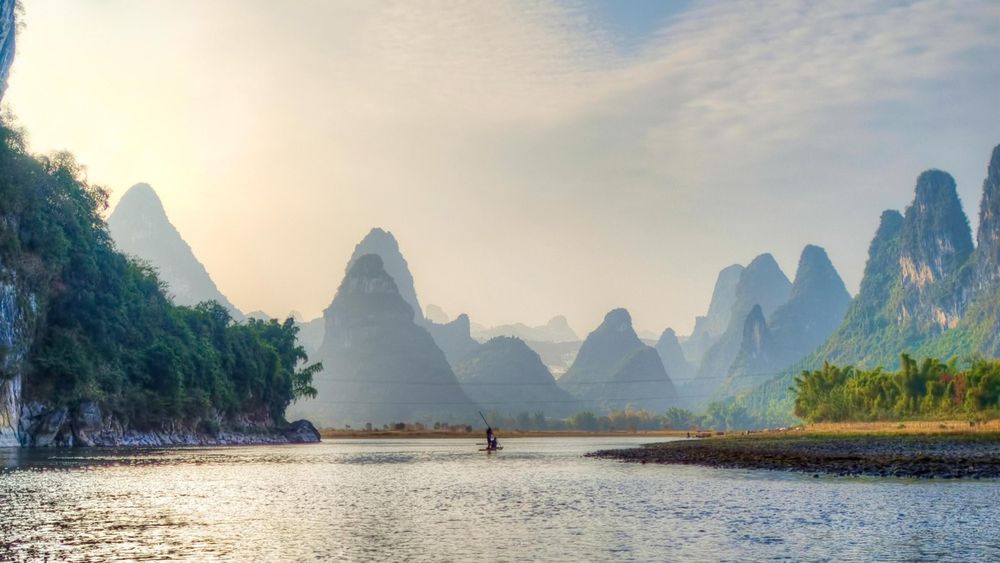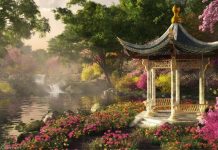The ancient land of Shanxi has everything that people usually expect from a trip to China. At the same time, it is full of surprises. Even if you don’t see anything but Pingyao, this is enough to get a lot of vivid impressions and get a true idea of the past of the Celestial Empire. Staying in this ancient fortified town and slowly driving around the neighborhood is a great program for a separate trip, during which you will see timeless temples, appreciate the variety of architectural forms of the Qing era and get acquainted with some of the most hospitable residents of China.
Another treasure of Shanxi is the sacred mountains of Wutaishan with their mysterious Buddhist monasteries. After visiting them, you can continue exploring the world of Chinese Buddhism in the Yungang caves, where outstanding examples of medieval sculpture have been preserved. Datong and Taiyuan create an attractive image of urban Shanxi, where the old and the new coexist in complete harmony.
History
In ancient times, Shanxi was the main domain of the Jin kingdom, which split into three estates in 403 BC. A new rise in these lands was associated with the Toba family — a powerful clan of Xianbian barbarians who came to China from the steppes of Mongolia. During the reign of the Northern Wei Dynasty, the Toba made Datong city their capital. In just a couple of centuries, the Xianbians completely disappeared, but after the fall of the Tang empires, they were replaced by the northern Khitan. They also created their own state in Shanxi *!?, the western capital of which was Datong again.
With the accession of the Ming dynasty, Shanxi turned into an important border outpost of China. The Great Wall stretched along the northern borders of the province, and trade flourished under its protection. Shanxi merchants turned their homeland into the financial center of the empire and established the first Chinese bank in Pingyao.
Climate
The complete absence of rain and dead dryness is a common thing in winter Shanxi. 35 mm of precipitation falls in the province throughout the year. The only month when it rains here is July. In the provincial capital of Taiyuan, winter frosts can easily reach -10 ° C, while in summer the air warms up to +30 ° C.
Language
Most Shanxi people speak the Jin dialect. The main difference between this dialect and Mandarin is that the sonorous endings of many words are “swallowed”. There are differences in the musical tones of the local language. At the same time, the Mandarin dialect is no less common in Shanxi.
















